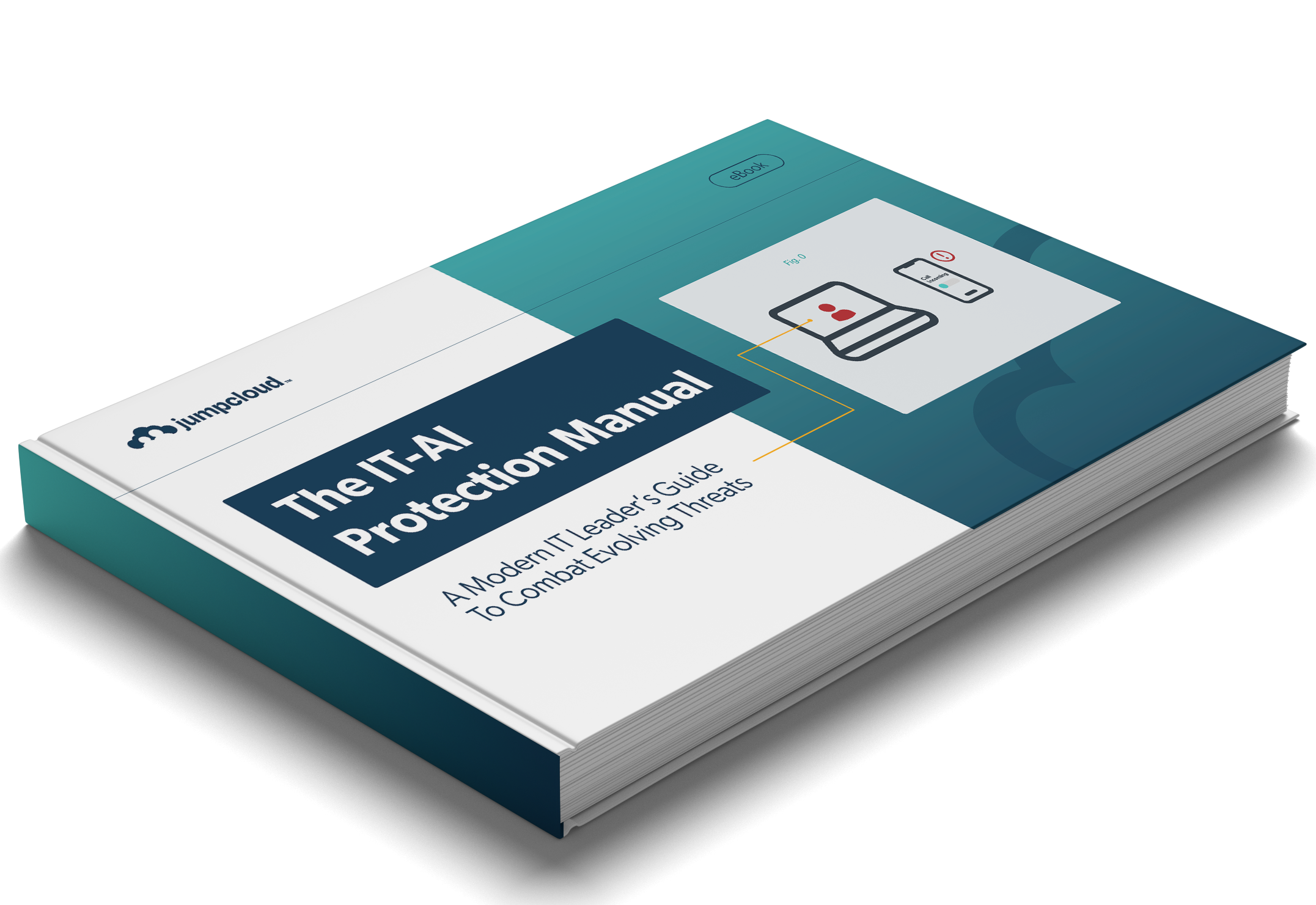AI is now central to how IT teams manage, secure, and scale their environments. Nearly every organization is already using AI or actively preparing to adopt it.
For IT leaders, that shift has made AI readiness the number one strategic priority this year.
But being “AI-ready” isn’t about experimenting with a chatbot (and getting good at it). It means building the right infrastructure, policies, and skills to deploy AI responsibly, securely, and at scale.
In this blog, we’ll unpack why AI readiness matters and practical steps IT leaders like you can take to get AI-ready.
Why AI Readiness Matters
While AI adoption accelerates, it also introduces risks organizations cannot afford to overlook. As AI systems plug into critical infrastructure and process sensitive data, they can expose you to fresh vulnerabilities.
Without strong governance in place, teams face the risk of security gaps, compliance failures, and operational disruptions.
It’s no surprise that 46% of the IT leaders now rank AI readiness as their top strategic priority.
Preparing systems, data, and teams today enables IT to innovate confidently instead of scrambling to fix problems later.
What Does AI Readiness Mean for Organizations?
True readiness spans five critical areas every organization should address:
1. Modern Infrastructure
AI runs best on fast, connected systems. Outdated infrastructure, siloed data, and disconnected tools can slow adoption or hurt performance. Start by modernizing infrastructure, standardizing APIs, and ensuring your systems work well together.
2. Security and Identity Management
AI agents now handle tasks once performed by humans — often with elevated privileges. Yet only 23% of IT teams are actively securing these identities. AI readiness means putting access controls, monitoring, and identity governance in place before you scale.
3. Data Governance
AI delivers value only when the data behind it is accurate and trustworthy. Poor quality or incomplete data leads to unreliable results and potential compliance issues. Build readiness by cleaning, classifying, and keeping data audit-ready for regulatory requirements.
4. Clear Policies and Oversight
AI adoption needs structure. Without defined policies and approval processes, new tools can spread unchecked, introducing security gaps and compliance risks. Establishing a clear governance framework ensures every integration is reviewed, approved, and aligned with business objectives before it goes live.
5. People and Processes
AI adoption changes how teams work. IT leaders must prepare their workforce with training, cross-functional collaboration, and secure workflows so adoption happens smoothly. When possible, bring in skilled AI professionals or upskill existing staff to bridge knowledge gaps.
How Do You Rank Your AI Readiness?
AI is still so new. We can use our experiences to anticipate what it takes to properly manage a new technology, but we shouldn’t stop there. It’s important to take a moment to ask yourself how ready you are (or if you are ready) before you get started.
While certainly not exhaustive, these six questions hit on the core pillars of IT management, and ask you to reflect on how confident you are that they can handle the impact of AI. When done you’ll have a sense of how prepared you are and where you can focus best.
Take These Steps to Achieve AI Readiness
Achieving AI readiness doesn’t happen overnight, but you can make meaningful progress by focusing on:
1. Building visibility and control. You cannot secure what you cannot see. Invest in unified monitoring tools that give you full visibility into both human and machine activity. This reduces blind spots and helps detect anomalies faster.
2. Strengthening identity security. Review who and what has access to your systems. Apply least-privilege access controls to both human users and AI agents. Secure API keys and set up automated alerts for unusual activity.
3. Creating an AI governance framework. Document clear policies for AI adoption, including approval processes for new integrations, data usage guidelines, and security requirements. This ensures consistency and prevents risky ad hoc deployments.
These steps lay the foundation for scaling AI safely while staying aligned with business objectives.
Are You Prepared to Lead with AI?
As an IT leader, you’re no longer just supporting AI initiatives — you’re expected to drive them. The decisions you make now will shape how your organization adopts, governs, and scales AI in the years ahead.
That means connecting AI adoption directly to business strategy, showing stakeholders how these tools drive innovation, cut costs, and improve decision-making.
The organizations that will win aren’t the ones that adopt AI the fastest, but the ones that adopt it thoughtfully. The sooner you address governance, security, and infrastructure needs, the easier it will be to scale AI safely and confidently.
Focus on AI readiness today, and you position your team to deliver innovation faster, stay compliant, and stay ahead of emerging threats.
Want a deeper dive? JumpCloud’s latest IT Trends Special Report How IT Can Lead with AI While Securing What Matters Most explores top AI use cases, adoption challenges, and why AI demands governance. Download to start building a roadmap for secure, strategic AI adoption.






